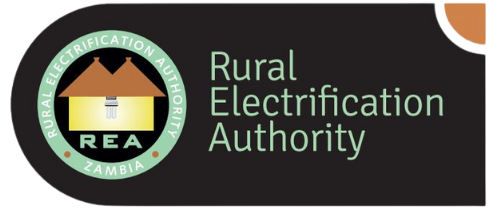
As the subsidy component of the Electricity Services Access Project (ESAP) comes to a close, we cannot help but share the stories of how lives have been transformed. While we may never get the chance to speak to all the 47,832 customers who never benefitted from this project, we are happy to share the stories of those we came in contact with.
Today, we shine some light on Mwanfuli community in Samfya District in Luapula Province where John Chisoko is a businessman. John’s story begins in 2009 when he opened a grocery store to meet the needs of the community. He had a plan to expand his business but the only thing standing in his way was lack of a reliable source of electricity.
“It was easy to do business during the day and my customers were satisfied with my services. The challenge came during the night because I used candles for lighting,” he said.

When REA and Zesco announced commencement of the subsidy project in 2018, John’s stars aligned in his favour. He raised funds to have his business at the subsidized cost of K769 instead of the initial cost of K1,500.
“Once I got connected, my challenges reduced. I had more time to trade. I would work up to 21 hours in the night. I was also efficient in providing my customers with the goods they wanted like cold drinks. My business has grown. I opened a barbershop, sell popcorn, offer phone charging services and welding. For the future, I Plan on opening a salon,” a happy John said.
“I am grateful to government for the subsidy program. My appeal to government is it to continue with the project so that more people can benefit. Many people have business plans, but lack of power hinders their implementation,” he added.
The subsidy component was well received by customers. At the start of the project, the targeted connections were pegged at 22,000 households and 1,000 Medium Small Enterprises within the five-year project cycle. There was an overwhelming response from the communities within the first year of the project. This prompted the project implementation unit to request for extra funding towards the subsidy. At the close of the project in May 2022, 40,731 households and 7,101 Medium and Small Enterprises (MSEs) were connected bringing the total to 47,832.
